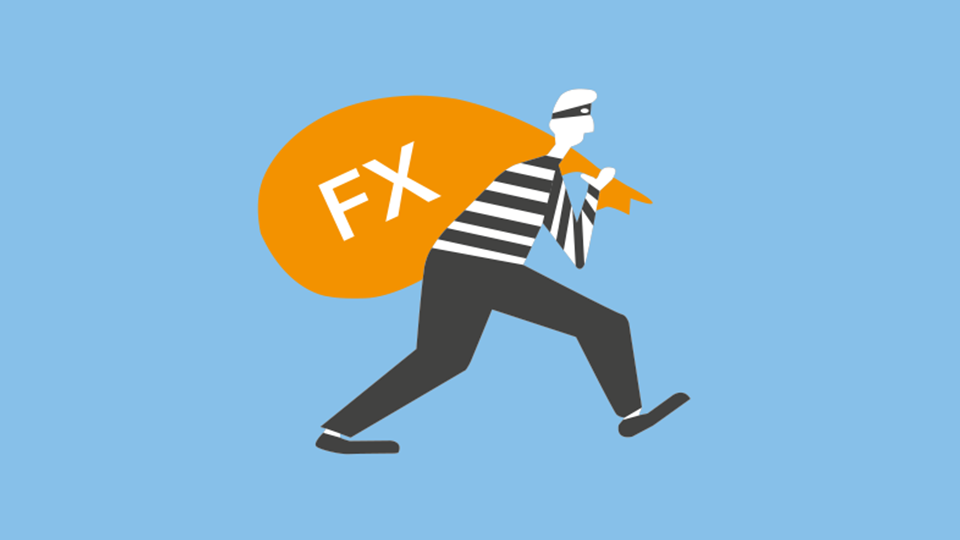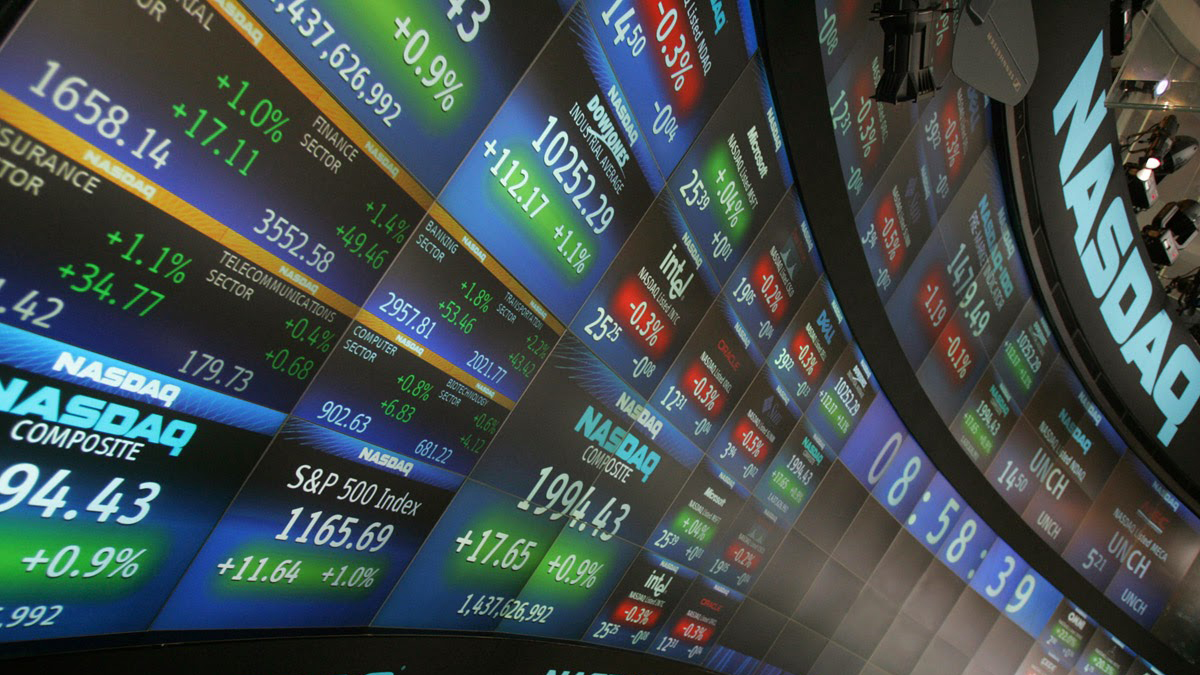If you’ve been following the orgy of white collar crime since the 2008 meltdown, one notable thing emerges from the jumbled haze: Wall Street seems to offshore a lot of its criminality to the City of London. From Libor to the London Whale, almost every recent financial scandal has a connection to the U.K.’s financial district.
The latest one people are talking about is the Forex, or FX, a decentralized foreign exchange market that trades in the world’s currencies. The exchange in the City of London controls around 40% of the FX, amounting to its biggest market on the planet. The daily rate for a given currency is referred to by traders as “the fix” – a nicely ironic term considering that the fix has been in, literally, on the Forex exchange in London for at least 10 years.
What Does The Forex Do and Why Does it Matter?
The majority of the $5.3 trillion that sloshes through the Forex every day comes from large institutional and government investors moving their money around. In this role, the FX helps to guarantee the savings of working people throughout our "globalized” world.
For example, say a large German pension fund wants to buy stock in an American company. First, the fund needs to convert its euros into dollars to make the purchase. Rather than following the minute to minute rate for dollars, these big investors make their currency conversion at the main benchmark or “fix” rate, set at 4 p.m. London-time each day. The value of a particular currency is determined by the average of the amount it is traded at during the minute before the fix – meaning large volume trades in this window can have an effect on the value of a currency.
Legal settlements ironed out by regulators in the U.S., U.K. and Switzerland reveal that FX traders from mega-banks JP Morgan Chase, Barclays, RBS, Citibank, UBS and HSBC got caught working together to ensure they wouldn’t face as much risk in this historically volatile market. The main way they did this was for a number of traders from different banks to put their purchases “through during the benchmark-setting window in an attempt to move the daily rate up or down.”
We’ve seen some of this before with the Libor fixing, when a cartel of banks worked together to control the inter-bank lending rate, affecting the interest charged on everything from student loans to credit card debt. What stings the most this time around is that the banks involved have admitted their collusion goes back to at least 2008, the year they blew up the world economy with their self-inflicted sub-prime crisis. With estimates in the tens of trillions of dollars, we may never know just how much money was lost to savers through these manipulations.
Meanwhile, the billions in fines levied by regulators will be paid by bank shareholders, while the institutions themselves escape admitting any responsibility for the actions of their executives and other employees. The banks often even see their stock go up, once the latest “scandal” is behind them. As usual, no civil or criminal charges are filed against those involved – although in the case of the Forex, for the first time there is talk of clawing back some executive bonuses, a PR exercise we should probably still applaud.
The Cartel
Most of the mainstream reporting on the FX story has focused on what appears to be a secretive cabal of traders who feel more affinity for each other than for the institutions where they work, a rarity in the world of finance. What would be funny, if the consequences weren’t so terrible, is the sheer stupidity of these guys when it came to covering their tracks.
In the case of FX rigging, it was Internet chat rooms with names like The Cartel, The Mafia and The Bandit’s Club that provided regulators on at least two continents with all the evidence they needed to see that the fix was in. Users also told sexist jokes and often sounded more like gangsters than bankers as they worked their scams.
And these weren't just junior employees; an invitation to The Cartel was prized by non-members because the participants were major players. Three men have been named as active members, including Richard Usher of RBS and JP Morgan Chase, who is reported to have moderated the chats; Citigroup’s Rohan Ramchandani, and Matt Gardiner of Barclays and later UBS. Transcripts of their conversations prove that these senior traders used the room to reveal confidential client information to each other, which, even if it’s not technically illegal, is clearly not ethical.
One big question comes to mind with the Forex scandal: why would people who routinely brag about how smart they are use an unsecured chat room to plan their scams? The answer is probably, at least in part, due to the fact that the FX isn’t as regulated as other markets, making it easy for traders to collude without fear of consequences (especially considering what others were getting away with in more “regulated" markets).
It’s also true that the traders probably had a certain amount of trust in the platform they were using to communicate. Almost all of the FX traders we’re talking about used Bloomberg Messaging to set up their chatrooms. This is an app provided by the The Bloomberg Terminal, which was originally designed as an interface to simplify computing for finance professionals. Every one of the over 300,000 Terminal users are connected through this messaging system; they also provide faster access to real-time numbers than free services like Yahoo Finance. At a cost of $20,000 a year, whether it was intended to or not, this system gives users significant advantages over those who don’t have access to it.
Many of the major banks are reported to be working on new, more secure systems for chat. No doubt they will once again be responsible for policing themselves, something which has worked out so very well in the past. In the meantime, the banksters have given us another real crime story that, in terms of sheer audacity, sounds too unbelievable to be true.
3 WAYS TO SHOW YOUR SUPPORT
- Log in to post comments














